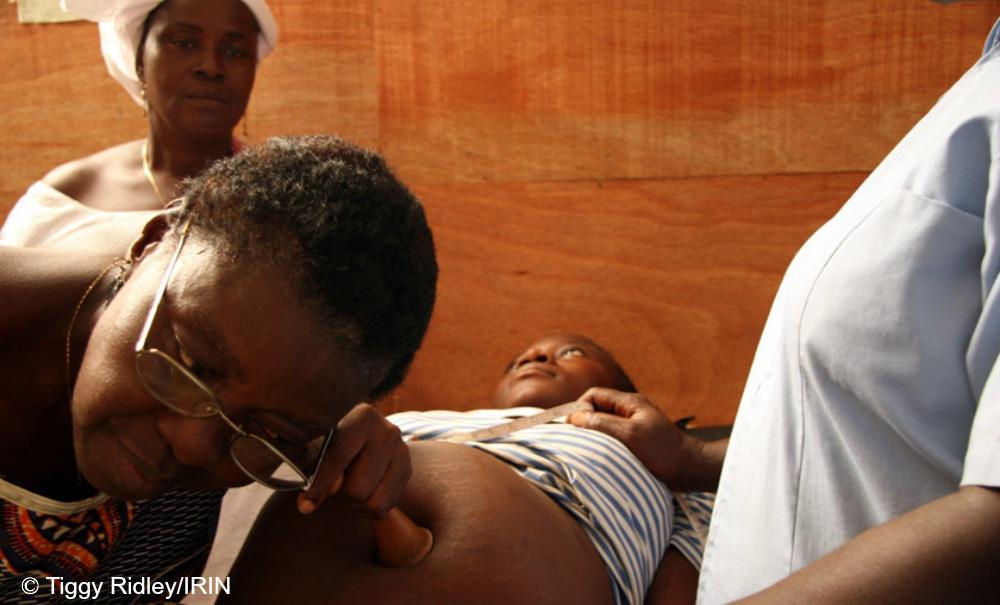How South Africa’s fight against HIV stacks up

Treatment
About 2.5 million people in South Africa are on HIV treatment, making the country’s public HIV treatment programme the world’s largest. The UNAIDS report lauds government’s recent tender that introduced the country’s first three-in-one – or fixed-dose -ARV into the public sector. UNAIDS estimates that this tender, which negotiated an almost 40 percent price reduction for the fixed dose ARV, will save South Africa more than R2.6 billion.
Footing most of its own HIV treatment costs, South Africa relies on donors to fund less than 25 percent of its HIV response.
Malawi, Zambia, Zimbabwe and Mozambique rely on donors to fund at least three-quarters of their responses, according to the UNAIDS report.
HIV and Tuberculosis (TB)
More than 75 percent of all people co-infected with HIV and TB live in just ten countries, including South Africa, Zimbabwe and Mozambique.
Zimbabwe, Malawi and Namibia have at least halved the number of TB deaths among people living with HIV. While South Africa has yet to reduce these kinds of deaths by even 25 percent, the report notes that the country has made huge strides in scaling up ARV access for co-infected patients – far outpacing other countries with similarly large epidemics like India and Nigeria.
South Africa has also become the world’s largest provider of preventative isoniazid TB therapy to HIV patients. An estimated 370,000 people living with HIV now receive the anti-TB drug to prevent the development of active TB. In South African studies, the provision of preventative TB therapy to people on ARVs halved their risk of death.
Globally, TB remains one of the leading killers of people living with HIV and a leading cause of death in South Africa.
Prevention
Zimbabwe leads the region in scaling up medical male circumcision, which has been shown to reduce a man’s risk of contracting HIV by as much as 60 percent. Zambia, Uganda and Swaziland are all out pacing South Africa on increasing uptake of the procedure.
With falling rate of mother-to-child transmission, South Africa joins most other countries from southern Africa in reaching at least 80 percent of all HIV-positive expecting mothers with ARVs to prevent mother-to-child HIV transmission. Malawi and Lesotho are close behind, extending this kind of prevention services to at least half of all such mothers while less than 20 percent of HIV-positive pregnant women will access these services in Angola.
New infections and deaths
An estimated 370,000 South Africans contracted the virus last year. While South Africa’s new infection rate has fallen by about half in the last decade, it remains the world’s highest. Second only to South Africa, Nigeria saw an estimated 260,000 new cases in 2012.
Both countries recorded 240,000 AIDS-related deaths last year – Health-e News Service.
Author
Republish this article
This work is licensed under a Creative Commons Attribution-NoDerivatives 4.0 International License.
Unless otherwise noted, you can republish our articles for free under a Creative Commons license. Here’s what you need to know:
You have to credit Health-e News. In the byline, we prefer “Author Name, Publication.” At the top of the text of your story, include a line that reads: “This story was originally published by Health-e News.” You must link the word “Health-e News” to the original URL of the story.
You must include all of the links from our story, including our newsletter sign up link.
If you use canonical metadata, please use the Health-e News URL. For more information about canonical metadata, click here.
You can’t edit our material, except to reflect relative changes in time, location and editorial style. (For example, “yesterday” can be changed to “last week”)
You have no rights to sell, license, syndicate, or otherwise represent yourself as the authorized owner of our material to any third parties. This means that you cannot actively publish or submit our work for syndication to third party platforms or apps like Apple News or Google News. Health-e News understands that publishers cannot fully control when certain third parties automatically summarise or crawl content from publishers’ own sites.
You can’t republish our material wholesale, or automatically; you need to select stories to be republished individually.
If you share republished stories on social media, we’d appreciate being tagged in your posts. You can find us on Twitter @HealthENews, Instagram @healthenews, and Facebook Health-e News Service.
You can grab HTML code for our stories easily. Click on the Creative Commons logo on our stories. You’ll find it with the other share buttons.
If you have any other questions, contact info@health-e.org.za.
How South Africa’s fight against HIV stacks up
by lauralopez, Health-e News
September 23, 2013




One comment
Yet again! Number ONE in the world!
Compared with Nigeria?
They have 150million people.
We have 50!